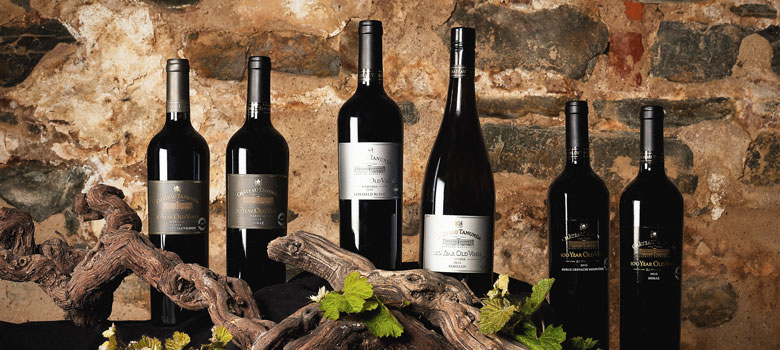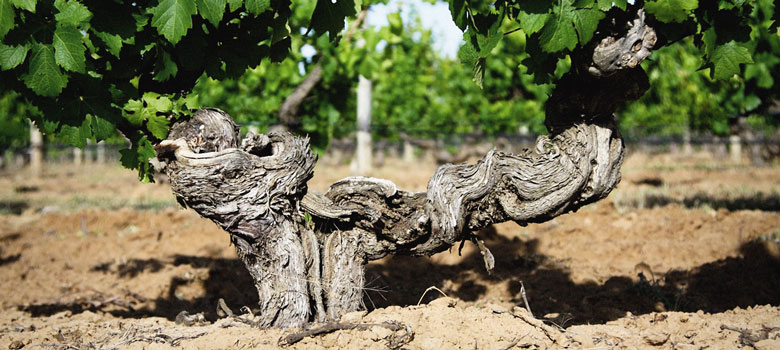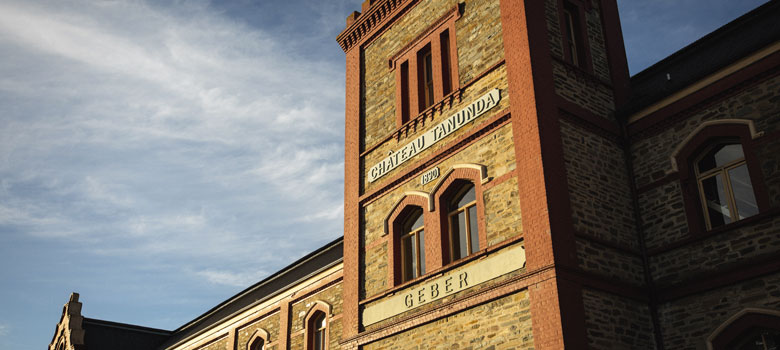
Wine
Château Tanunda Old vine expressions
With some of the world’s oldest vines in their care, Château Tanunda, birthplace of the barossa, creates some of Australia’s most expressive wines.
When it comes to a wine’s character, the most important contributor is the vine. Factors such as winemaking have influence, but when it comes to the flavour length, complexity and texture, the vineyard is king. Winemaking can shape a wine’s potential, but it cannot make a wine better by adding what is not there to begin with. Old vines, ones that have endured decades, produce highly individualistic characters not able to be replicated anywhere.
Roots to the past
For its first decade of life, a vine’s flavour expression is driven by its varietal DNA combined with the characteristics of its surface and topsoil. Shallow roots soak up water efficiently and thrive, delivering vigorous crops and an abundance of varietal character shaped by the climate. As a vine ages, and its roots push down through the subsoil into the parent rock and substratum, they receive less water and begin to reflect the flavour characteristics of the earth beneath them.

Above: Some of the world's oldest vines are growing in the Barossa.
As a vine ages and its roots dig deeper, the vigour drops away, the grapes decrease in size, the bunches get smaller and the crop begins to thin out. But as yields begin to fall, the characters of the vineyard begin to emerge through flavour concentration, fruit character expression and texture.
Over time, if care is taken, old vines become as important to a wine estate as the people that own and care for them. The integrity of a business is mostly about its people, but without wine that has character, the business can have no integrity.
Vines that bring a story to life
The Barossa’s iconic Château Tanunda, whose history extends back over 130 years as the birthplace of the region, has an old vine program as diverse and special as the Château’s story itself.
Owner John Geber and his daughter MD Michelle Geber, believe that as the Barossa Valley’s first winery and the site of the region’s first vines, they have a duty to protect the significant history, quality and character their vines express.
“These are some of the oldest vineyards in the world,” explains Michelle. “They reflect vineyard sites and vine material which are unique to the wine world. They have survived world depressions, droughts…and their consistent outstanding fruit quality have meant they have been kept and maintained by the growers of their land.”

Above: The historic Château.
The Château’s ‘Old Vine Expression’ wines sit across three age levels; 50, 100 and 150 years and the wines reflect the extraordinary resource they maintain.
The special wines that come from these vines reflect not only the variety of sites that span across the valley, but they also represent time and the precious generations that have come before us.
These vines are some of the oldest in the world, and to taste the wines that come from them is to taste history. From Bethany on the valley floor, through Vine Vale, Marananga and all the way up through Angaston, Light Pass and up through to Springton past Eden Valley, these wines tell a special story.
50-Year-Old Vines
The mainstay red varieties of Shiraz and Cabernet Sauvignon inhabit the 50-year-old range and according to John are, “classic old vine expressions of Barossa reds.” The Shiraz grapes come from just three small vineyards in the Bethany, Marananga and Light Pass parishes and present compelling, vigorous and fleshy flavours of blueberry and blackberry with richness and chocolatey tannins.
Fittingly, the 50-year-old Cabernet comes from the Barossa’s birthplace village Bethany, and expresses exotic, power-driven aromatics matched by full-bodied flavours of fruits of the forest, blackcurrants and savoury spices bound by fine-grained tannins.
100-Year Old Vines
The Centenarian vines are true survivors having lived through drought, frost and heat and are represented by small batches of super premium wines. The 100-year-old Shiraz comes from some of the world’s oldest ungrafted Shiraz vines. Situated on the eastern edge of Vine Vale and Nuriootpa, these two tiny vineyards build wines of exceptional concentration with blackberries, plums, spice and liquorice. Fine grained and balanced, these are wines to enjoy well into the future.
150-Year-Old Vines
Just like Shiraz, the Barossa has some of the oldest ungrafted Semillon vines on earth and the ‘Ancestor’ vines for this wine are situated on a small plot on the sandy floor of the Light Pass region. Seamless and complex, this special wine expresses honey, lemon and grapefruit aromatics with a palate of fleshy and fresh citrus and stone fruit, clean acidity and a long, lingering finish.
Made from Grenache, Mourvedre and Malbec planted in 1858, this 150-year-old ‘Field Blend’ is the oldest of its type in the world and comes from a single block of bush vines in Eden Valley’s Springton district. Opulent and complex, the wine is aromatically floral with lines of spice, ginger and pepper. The palate is savoury and packed with dark berries and herbs and has an elegant, well structured finish.
The wine is majestic and is a fitting celebration of what Château Tanunda, as Australia ‘First Growth Estate’, represents to the Barossa and Australian wine.